In whitening devices, whitening cycle variations—differences in treatment duration and frequency—directly affect final shade improvement. Meanwhile, frequent low-battery alerts interrupt the process, leading users to question what constitutes an “effective cycle.” The root causes span chemistry, device power, user behavior, and battery management.
Whitening cycle variations encompass both single-session length (e.g., 10 vs. 20 minutes) and overall frequency (daily vs. every other day). Manufacturers differ in formula strength, light wavelength, and heat assistance, so claims like “results in 7 days” versus “10 days needed” are common.
Devices often trigger low-battery alerts, auto-pausing or throttling power to protect battery life. While this safeguards the battery, it can prevent completion of the intended whitening cycle—undermining results. For B2B partners, balancing fast charging and stable runtime is critical to minimize such disruptions.
Users frequently restart interrupted treatments, losing adherence to standardized cycles. Both excessively long and overly brief sessions can lead to under-activated formulas or over-oxidation—causing sensitivity or color rebound.
The relationship between active ingredient concentration and exposure time can be:
Thus, debates over whitening cycles often reflect the balance between safety and efficacy.Company web:https://www.powsmart.com/product/electric-toothbrush/
On the hardware side, consider:
To resolve whitening-cycle disputes, B2B partners should:
By aligning chemistry, hardware, and service, manufacturers can minimize low-battery interruptions and deliver consistent whitening cycles that earn market trust.
-2-1024x576.png)
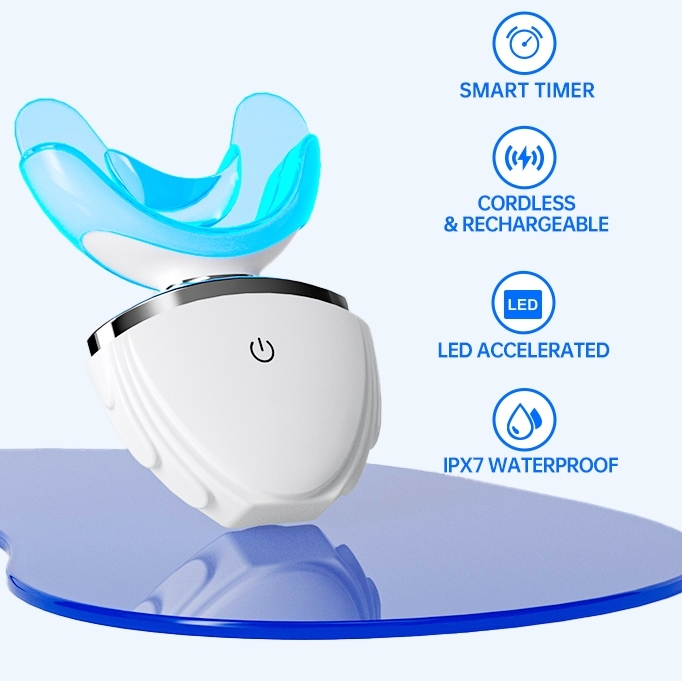
How to Choose Good Bristles When Selecting an Electric Toothbrush?
-3-scaled.png)
Portable Teeth Whitening Device: How to Make It the Size of travel friendly but Maintain 100% Effectiveness?
Are Pressure Sensor Errors Worsening Hygiene Mode Absence?

Waterproof & Fast Charging? Inside High-End electric Toothbrush Charging Stations
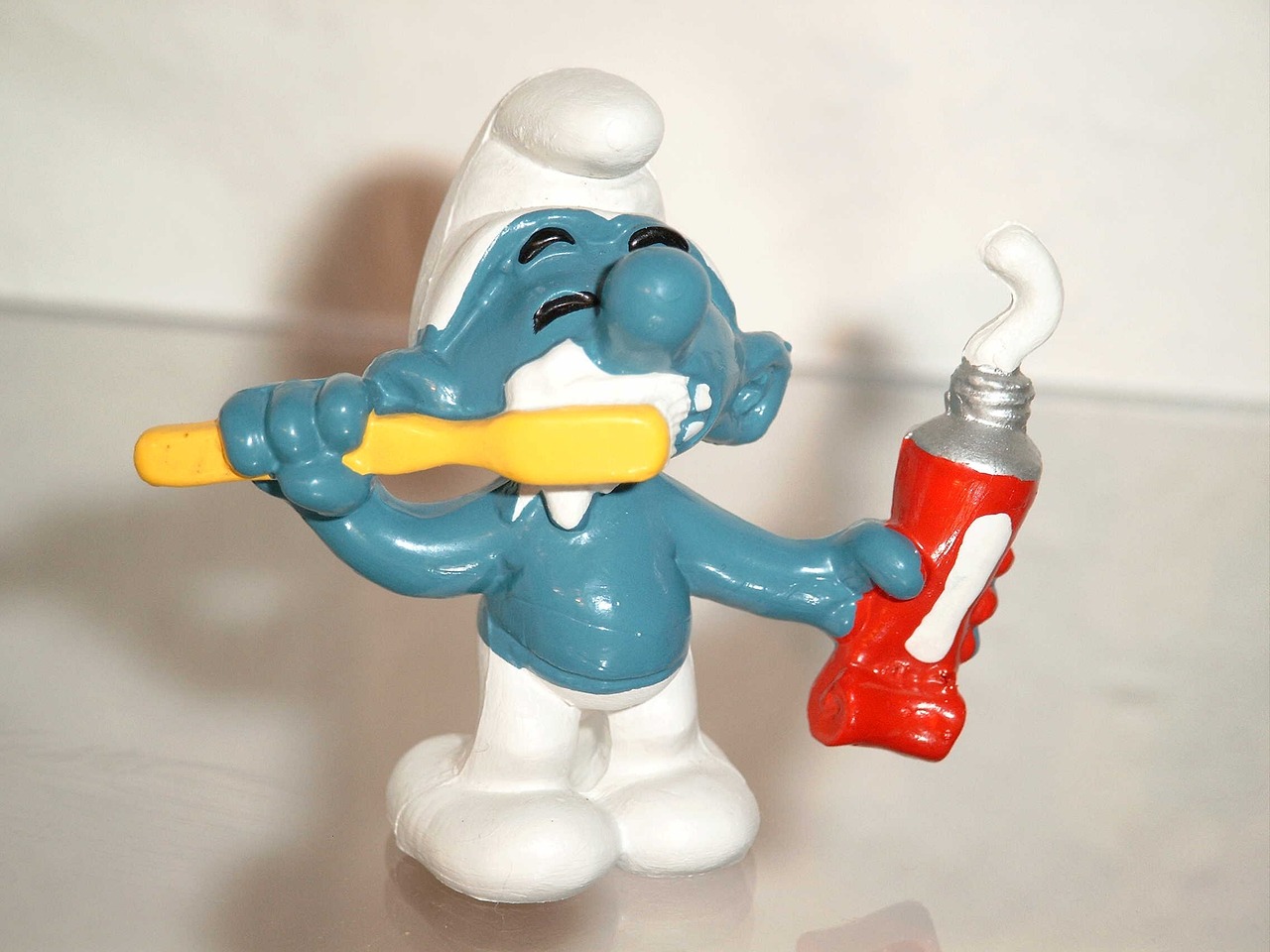
How Much Does It Cost to Manufacture a Toothbrush?

Discover a Great Reason to Switch to an Electric Toothbrush
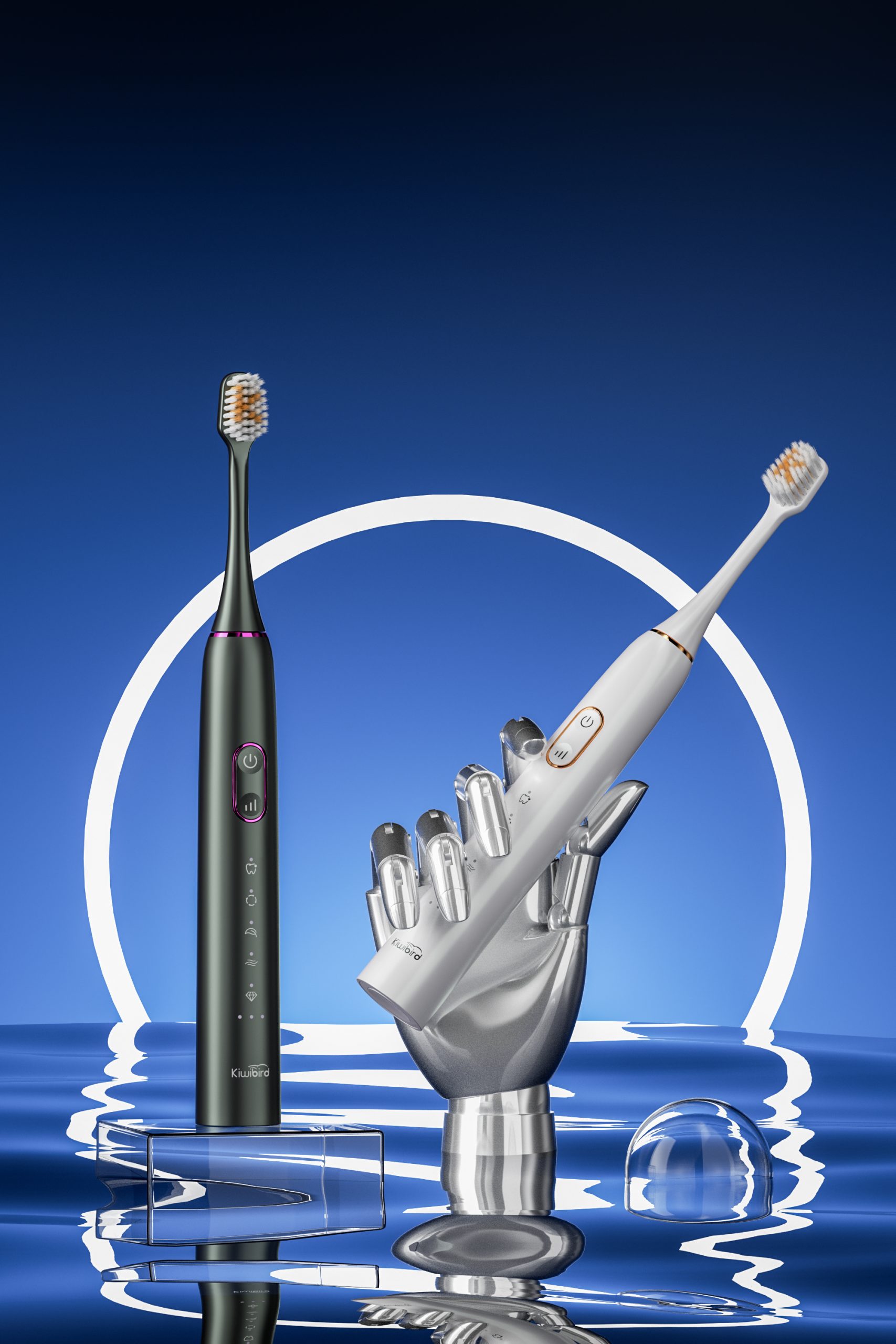
How to Effectively Reduce the After-Sales Return Rate of Electric Toothbrushes
.jpg)
Benefits of Travel-Friendly Water Flosser Design
How to Fix LCD Glitches and Sensor Errors?
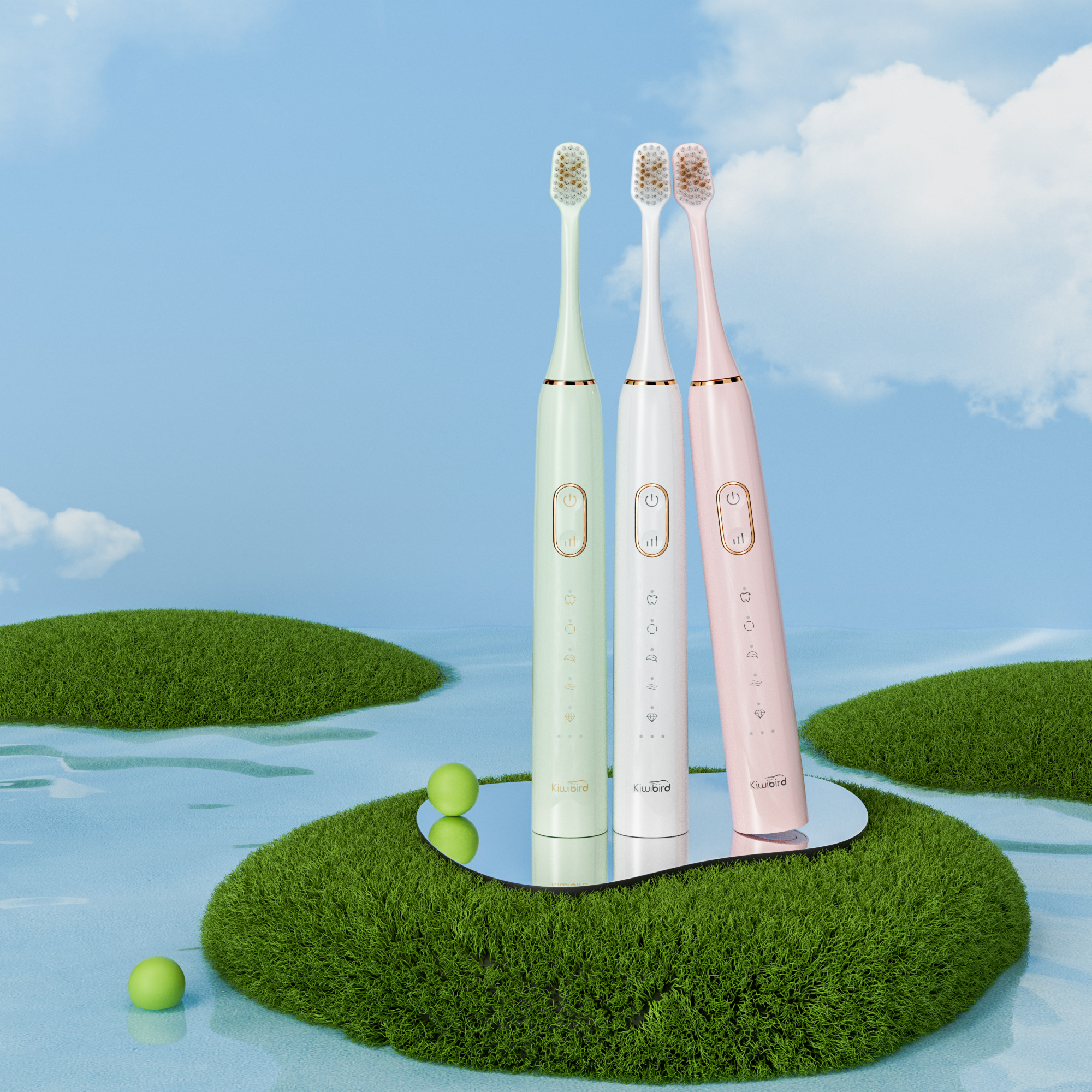
Why Is a Long Endurance Electric Toothbrush a Selling Point?
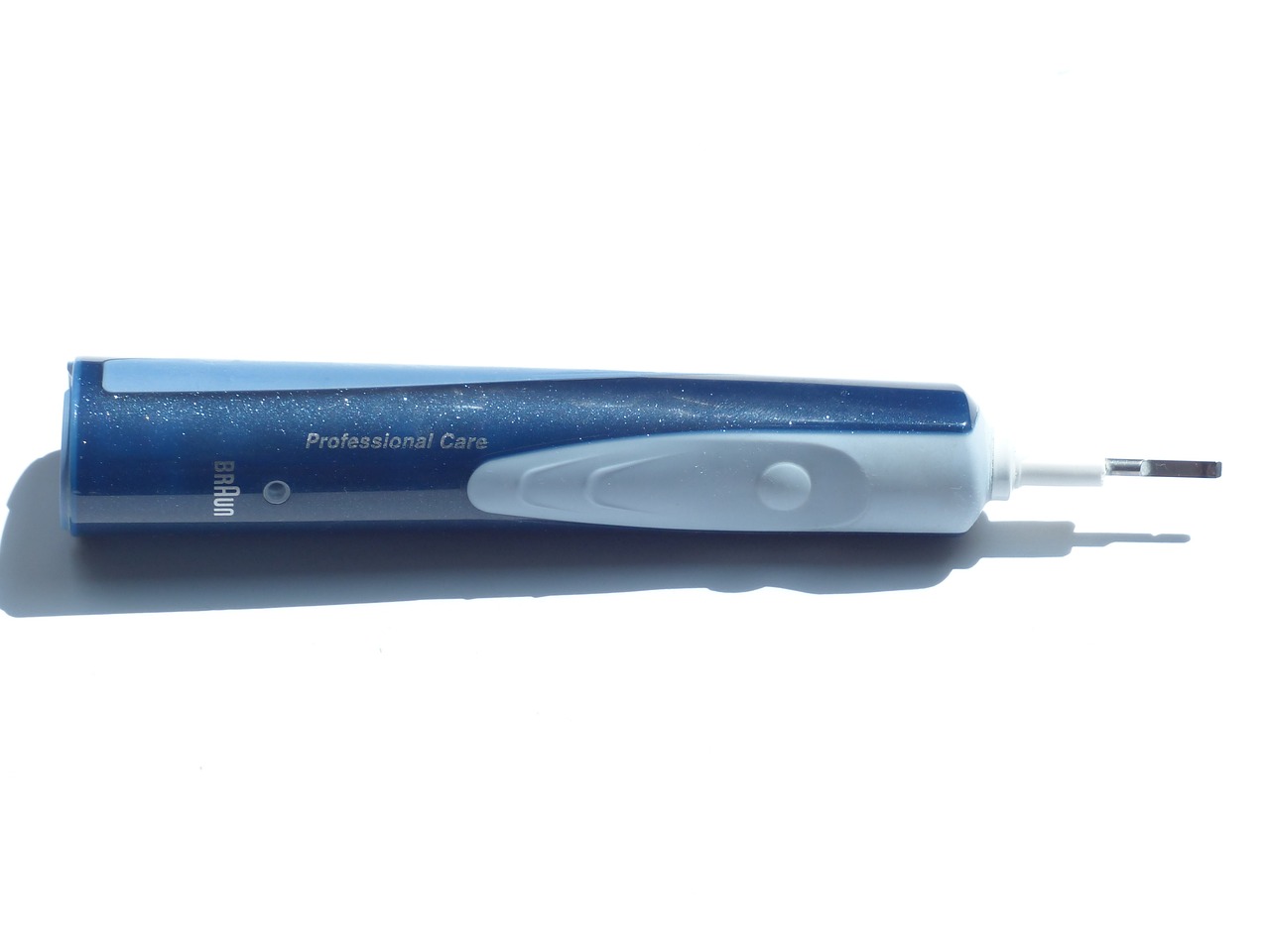
7 Reasons to Start Your Electric Toothbrush Business in 2023
Handle Grip Design Affecting Mucosal Irritation?
How to Handle Temperature Spikes and Handle Slippage?
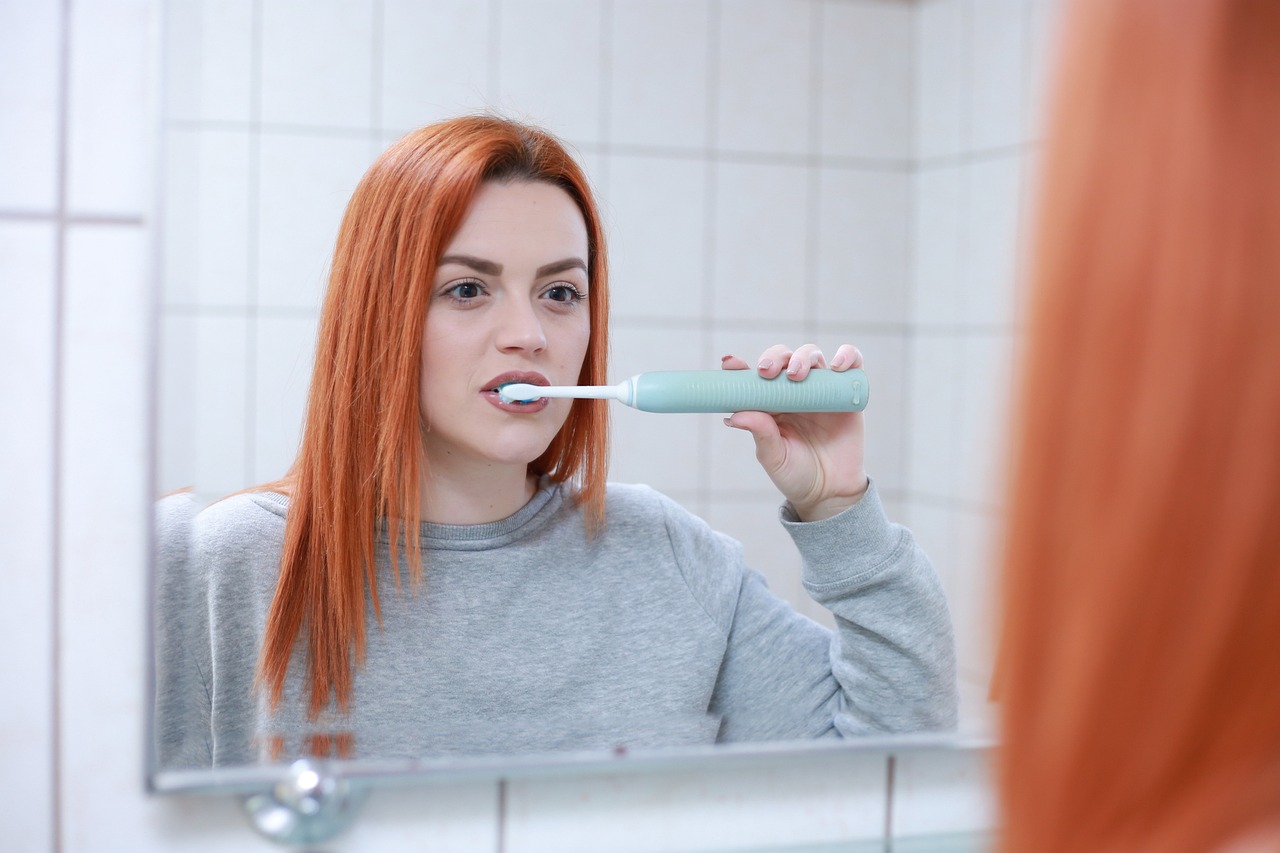
The Advantages and Current Usage of Electric Toothbrushes’ cleaning efficincy
Can Child Lock Failure Exacerbate Tongue Cleaner Abrasion?
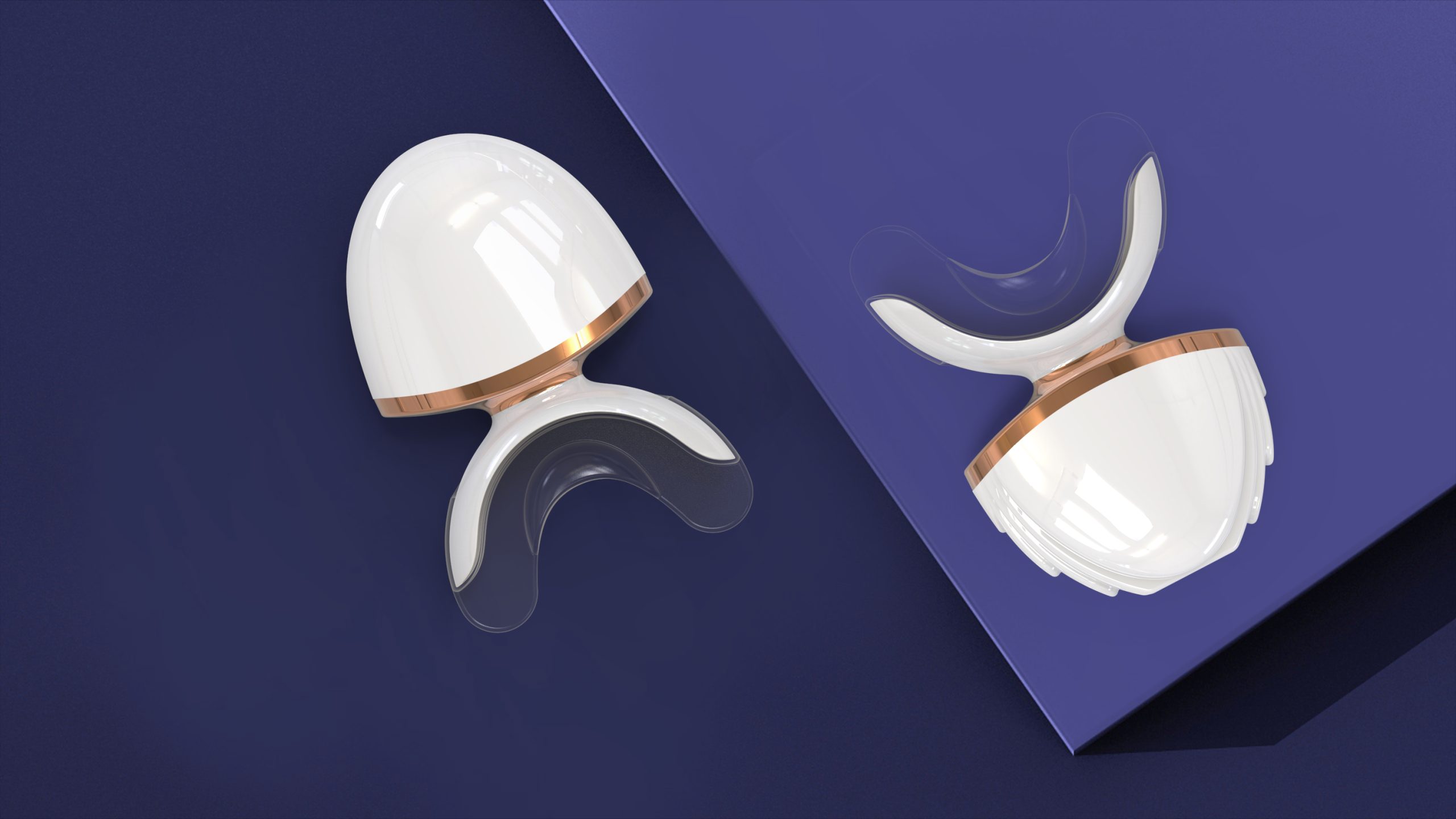
Dentist’s Guide: Choosing the Right LED Whitening Device for Stains

electric toothbrush heads Ultra Soft
.jpg)
Florida Electric Toothbrush – Powsmart PTR-C8

Private Label Whitening Gel

electric toothbrush heads Regular Clean

electric toothbrush heads Charcoal Infuse-Round

Electric toothbrush heads Charcoal Infused-Diamond

electric toothbrush heads Deep Clean

Customization Teeth Whitening Gel
whstapp
whstapp
National Toll-Free Service Hotline
+86 755 86238638